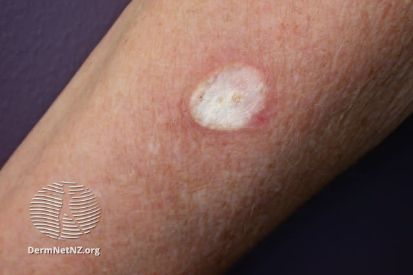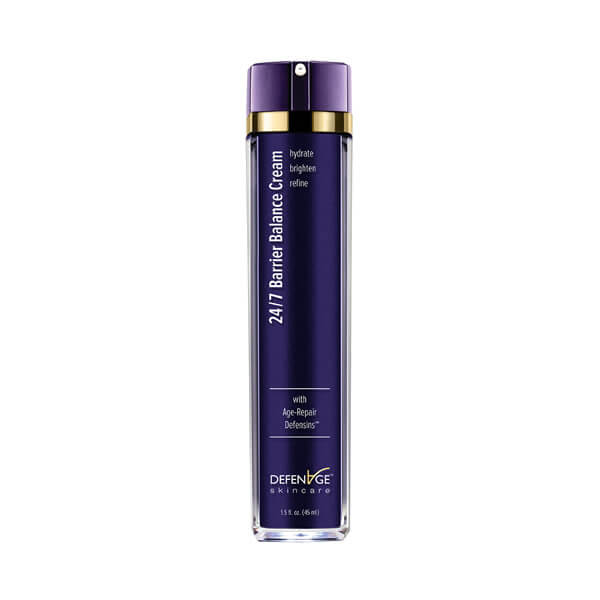Cryosurgery
Examples of Cryosurgery






Cryosurgery Explained
As the treated area thaws, the damaged cells undergo necrosis and are eventually sloughed off, making cryosurgery effective for various skin conditions such as warts, skin tags, and certain precancerous lesions. The procedure is minimally invasive, often done in an outpatient setting, and offers a convenient and efficient approach to address specific dermatological concerns.
Benefits of Cryosurgery
- Efficient Tissue Removal: Cryosurgery provides a swift and efficient means of removing unwanted or abnormal tissues, such as warts, skin tags, and precancerous lesions.
- Minimally Invasive: The procedure is minimally invasive, typically requiring only the application of liquid nitrogen, minimizing discomfort and the need for incisions.
- Versatility: Cryosurgery is versatile and can be used to treat a wide range of dermatological issues, making it a valuable option for various skin conditions.
- Low Risk of Scarring: The controlled freezing and subsequent thawing of tissues in cryosurgery often result in minimal scarring compared to traditional surgical methods.
- Outpatient Procedure: In many cases, cryosurgery can be performed on an outpatient basis, allowing for convenient treatment without the need for a hospital stay.
How a Board-Certified Dermatologist Can Help?
Cryosurgery FAQs
Patients may experience some discomfort during cryosurgery, typically described as a sensation of cold followed by a stinging or burning feeling as the tissue freezes. However, the procedure is generally well-tolerated, and any discomfort is temporary.
The healing timeline varies depending on the extent of the procedure and the individual's skin. In most cases, the treated area will scab over within a week, and the scab will eventually fall off, revealing healed skin. Complete healing may take a few weeks.
While cryosurgery is considered a safe procedure, there are potential side effects, including redness, swelling, blistering, and changes in skin pigmentation. Infection and scarring are rare but possible. Your dermatologist will discuss potential risks during the consultation.
Cryosurgery is effective for a variety of skin conditions, including warts, skin tags, and certain precancerous lesions. However, its suitability depends on the specific characteristics of the condition. Your dermatologist will assess and determine if cryosurgery is the appropriate treatment for your case.
The duration of a cryosurgery appointment varies based on the extent and number of areas being treated but is generally relatively brief, often lasting between 15 to 30 minutes. The procedure is efficient, and patients can typically resume their daily activities shortly after treatment.
What to Expect at Your Cryosurgery Appointment
The dermatologist will apply liquid nitrogen to the targeted areas using a specialized tool, causing controlled freezing of the tissues. While you may experience a sensation of cold and discomfort during the procedure, it is typically well-tolerated. Post-treatment, your dermatologist will provide aftercare instructions, which may include recommendations for wound care and any potential side effects.
Follow-up appointments may be scheduled to monitor your healing progress and ensure the best possible outcome for your skin condition.
How to Prepare for Cryosurgery
It's advisable to arrange for transportation, as there might be some discomfort after the procedure, and driving immediately afterward may not be recommended. Lastly, follow any pre-operative instructions provided by your dermatologist, such as avoiding the use of creams or lotions on the targeted areas prior to the appointment.
This thoughtful preparation ensures a smooth and well-informed experience as you undergo cryosurgery to address your skin concerns.
Planning for Recovery after Cryosurgery
The healing timeline varies based on the extent of the procedure and the individual's skin, but in most cases, the treated area will scab over within a week. The scabbing will eventually fall off, revealing the healed skin underneath.
It's essential to follow your dermatologist's post-operative instructions diligently, including avoiding sun exposure and practicing proper wound care, to optimize the healing process and achieve the best possible results. Regular follow-up appointments may be scheduled to monitor your recovery progress and address any concerns.
Featured Products

DefenAge 24/7 Barrier Balance Cream
Intensive hydrating lightweight cream infused with Age-Repair Defensins®, multi-action barrier balancing ingredients and skin brightening skincare actives work together to regenerate and rejuvenate the appearance of skin.

Revision Gentle Foaming Cleanser
Revision Gentle Foaming Cleanser is a soap-free cleanser that comforts and moisturizes all skin types. 5 fl oz / 150 mL
